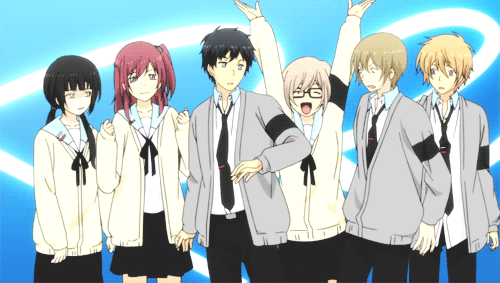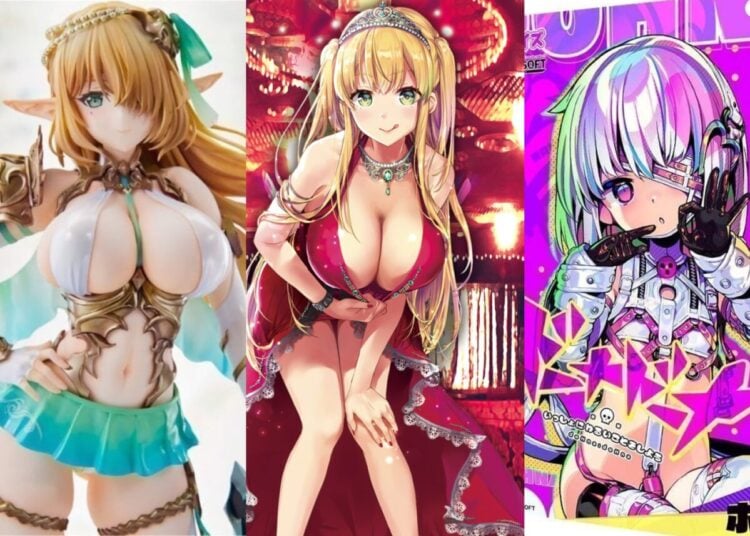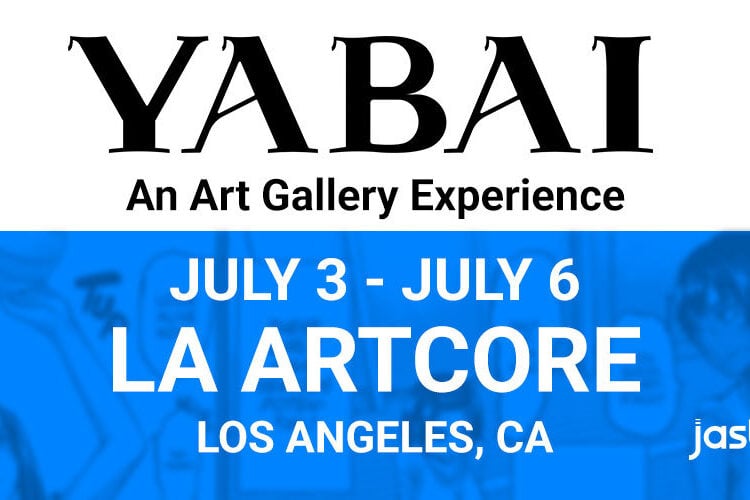I love anime, especially the way the bizarre underground subculture early fans discovered back in the 1980s has managed to take over the world. Today I’d like to explore how the business aspect of anime has evolved over the years, and why Netflix anime streaming can often be bad for the industry.
As the anime industry has grown, it’s gone through many changes in its core business model, at times being funded by the sale of Gundam models and then DVD and Laserdisc sales. These days, many anime series are funded by major Western streaming platforms like Netflix, Amazon Prime and, most recently, the Walt Disney company. While increasing the funding flowing to animation studios is absolutely a good thing, some bad industry practices are keeping Netflix anime from reaching its true potential.
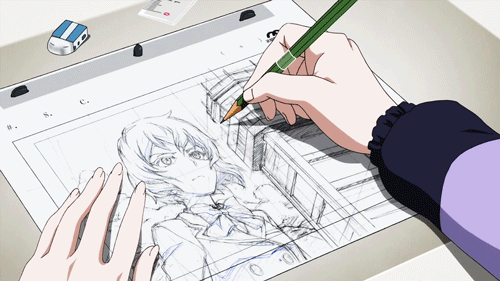
What is Anime? Let’s Definite the Term
How do you even define anime? It’s a question I face every time I post some sexy anime imagery to Twitter and report what “anime” it’s from, only to have someone reply, “That’s not an anime, it’s actually a hentai.” Some fans even treat ecchi as a third unrelated genre and debate whether this or that sexy work is erotic enough to be considered a hentai, or is merely an ecchi. This is basically a dialectical shift that’s happening right before our eyes, the same way carbonated drinks are generally called “soda” on the coasts, “pop” in the northern part of the U.S. and “coke” in the South.
To me, “anime” refers to animated works created by Japanese artists, or created in Asia based on original manga, visual novels, light novels or original scripts made in Japan. I feel strongly that Western animation that happens to be slightly influenced by anime should be treated as its own category, and not considered “anime.”
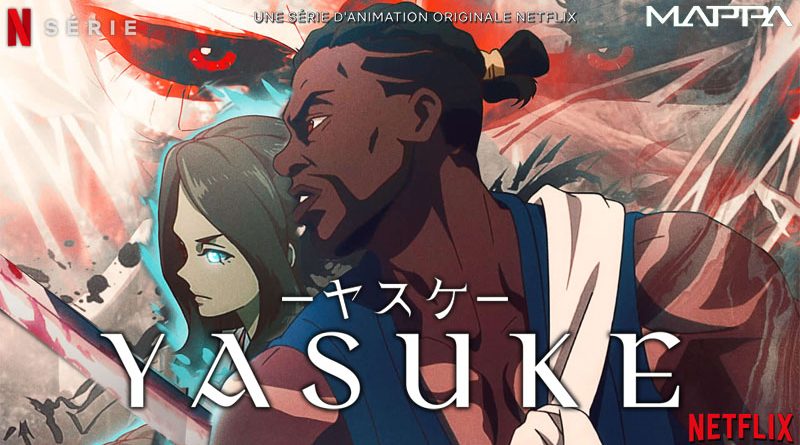
Netflix Anime Don’t Follow the Rules
As Netflix strives to do something original and distinguish itself from all the other platforms streaming Kimetsu no Yaiba or Sword Art Online or The Rising of the Shield Hero, they’ve sponsored several original series, putting up funding in exchange for being able to slap a “Netflix Originals” label on it. Some of these shows (Knights of Sidonia, Violet Evergarden) have been outstanding, and have contributed to a very positive view of Netflix as a company enabling the creation of anime, which is win-win for all of us.
Then there are the less-impressive Netflix anime productions, such as the Yasuke “anime” (really a Japanese-American original animation work), which seemed to leave a bad taste in fans’ collective mouths. It could have been a thoughtful exploration of the real-life “Afro Samurai” from Japan’s history, but it was a soulless mess that added in supernatural elements and, somehow, 16th-century giant robots, because that’s what you get when you let Americans write anime scripts. Or how about the Japan Sinks 2020 anime, which similarly left fans wondering what they’d just watched.
I much prefer it when Netflix backs a truck full of money to an animation studio then lets them do great original work, without trying to make “anime” that studio execs think will appeal to Westerners.
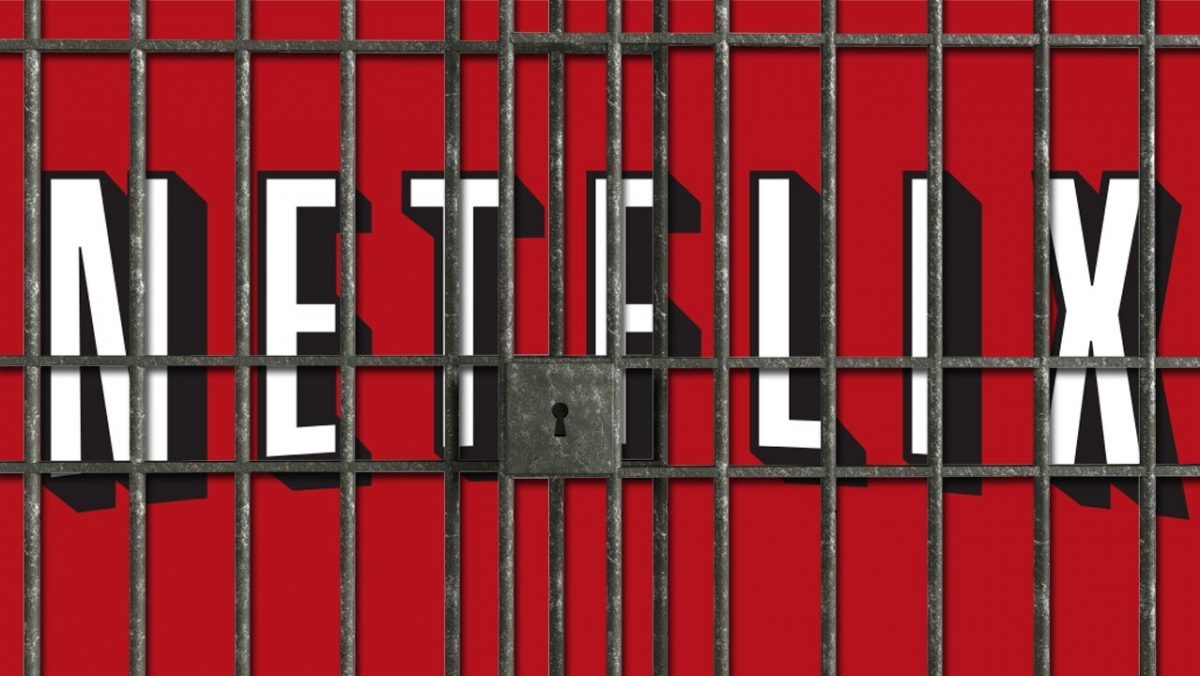
The “Netflix Jail” is Bad for Anime
There’s nothing like a really well-executed anime that enthralls fans all over the world, uniting them in admiration and love for a series as each episode is released. If you watched outstanding series like Madoka Magica, AnoHana, Clannad or Your Lie in April as they aired, you probably felt connected to fans all over the world as each story reached its glorious conclusion.
When the Netflix anime Godzilla Singular Point started airing, I got my anime blogging shoes out of the closet and prepared to write a post about the new series, to let J-List readers know whether they should tune in or not. One thing surprised me: despite being such a famous IP, the new Godzilla was getting essentially zero buzz around the English-speaking Internet. No Drake memes, no fanart on Tumblr or Deviantart, nothing.
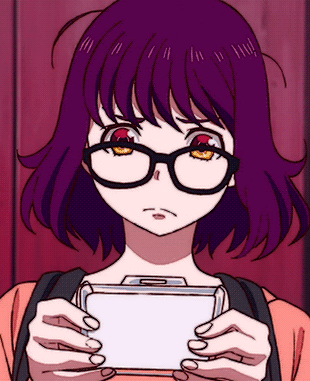
Then I realized what was happening: the worldwide release of Godzilla SP was being held back a season to allow for Netflix to add in a dubbed track for English-speaking markets. Which seems like a logical thing to do, since dubbed anime is far more accessible than series with subtitles…yet it was killing any chance for the new show to find any popularity.
By the time the proper English version of Godzilla SP (or EDENS ZERO, or BEASTARs) is ready for its dubbed release, 15 weeks have passed, and 100% of the energy fans had for the series in question has dissipated. Netflix’s bizarre system of delaying anime seasons is doing harm both to anime studios as well as Netflix itself.
The Binge-Watch Model is Bad for the Anime Industry
I certainly understand Netflix’s love of the binge-watch model, encouraging fans to watch episode after episode back-to-back and keep the Netflix app on their devices open for as long as possible. While it’s great for powering through episodes of Suits, the sad news is that this model is simply terrible for anime, which often has only 12 episodes to make a mark on fans and hopefully generate enough excitement for future seasons as well as figures, anime calendars and other merch. Dumping a whole show at once guarantees less interest by fans.
The best example of this was ReLife, one of the best series you’ve never watched. A thoughtful series about a company that enables adults to re-live a year of high school, it had some of the best writing and characters in years. The reason it failed to make a proper splash was that it was streamed all at once on Netflix, creating maybe one week of buzz among anime fans, instead of a new episode airing weekly, which fans might discuss online.
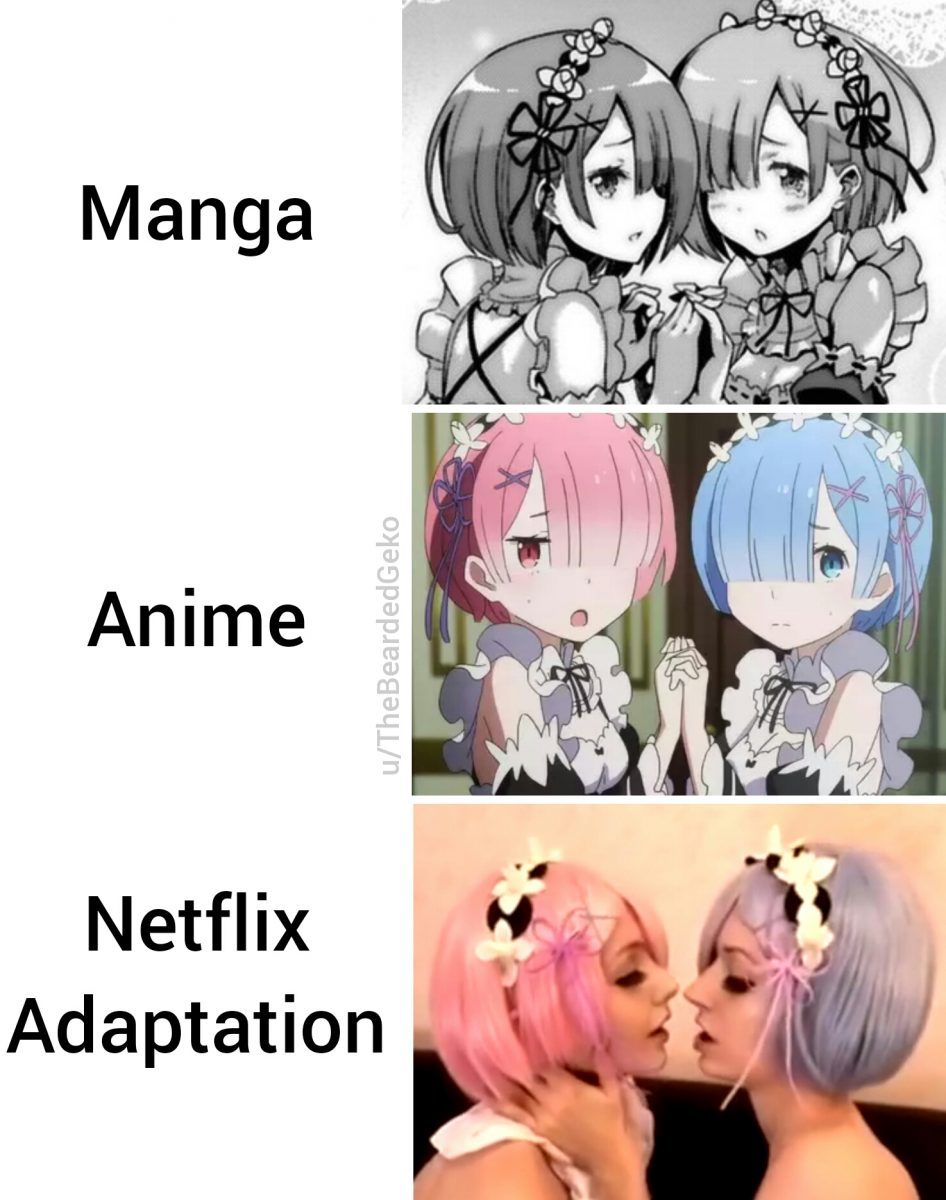
Netflix Anime Smells Like ‘Cultural Appropriation’ to Me
If you know me, you know that two of the words least likely to be uttered by me are “cultural appropriation,” the idea that it’s a bad thing for more powerful groups in society to adopt the customs, fashions or identity of less-powerful groups as their own, the way Rock n’ Roll was created out of existing black music genres from the 1930s and 40s. I personally love that we all influence each other in various ways, sharing ideas and fashions and making everyone’s experience better on the end. Some examples:
- Japanese people love American black culture, and every few years hip-hop will come into fashion in Shibuya, causing all the young people there to try out cornrows or hit the tanning salon so they can look kakko ii (cool, good style). No harm is meant by any of this.
- Japan takes rice farming techniques, writing and Buddhism from China and Korea and gives back anime, manga and toilets that wash your butt for you.
- New Zealand has an active Country-Western music scene, and Mongolian rap bands are a thing.
So why is Netflix’s making of not-quite-anime series a problem? Because it feels very much to me like they’re happy to appropriate the “anime” label for any project they may be working on, whether the work in question has any valid connection to Japan.
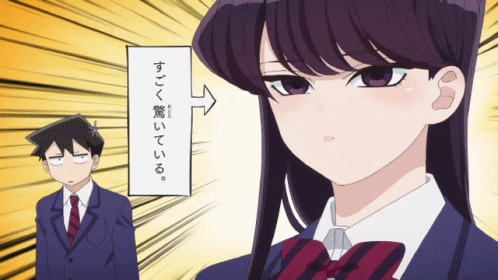
Can Netflix Anime Streaming be Saved?
I don’t know, but I’m hopeful that things might be improving. Instead of holding back the long-awaited Komi-san Can’t Communicate! for an entire season, the show is being broadcast with a short delay, and new episodes showing up weekly. Hopefully this will be a happy medium between the buzz-killing Netflix Jail system and allow this series to reach the popularity it deserves with fans.
Thanks for reading this post exploring whether Netflix is good for anime, or not. Got any feedback or thoughts? Tell us below, or on Twitter!
We’ve got great news! J-List is having a Halloween Sale, giving everyone a great instant coupon for $10 off $40 or more. Whether you want to browse our anime magazines and artbooks, check out some of our trademark “naughty” products or just bag some in-stock anime figures, enjoy $10 off your order! Start browsing our newest products here.


